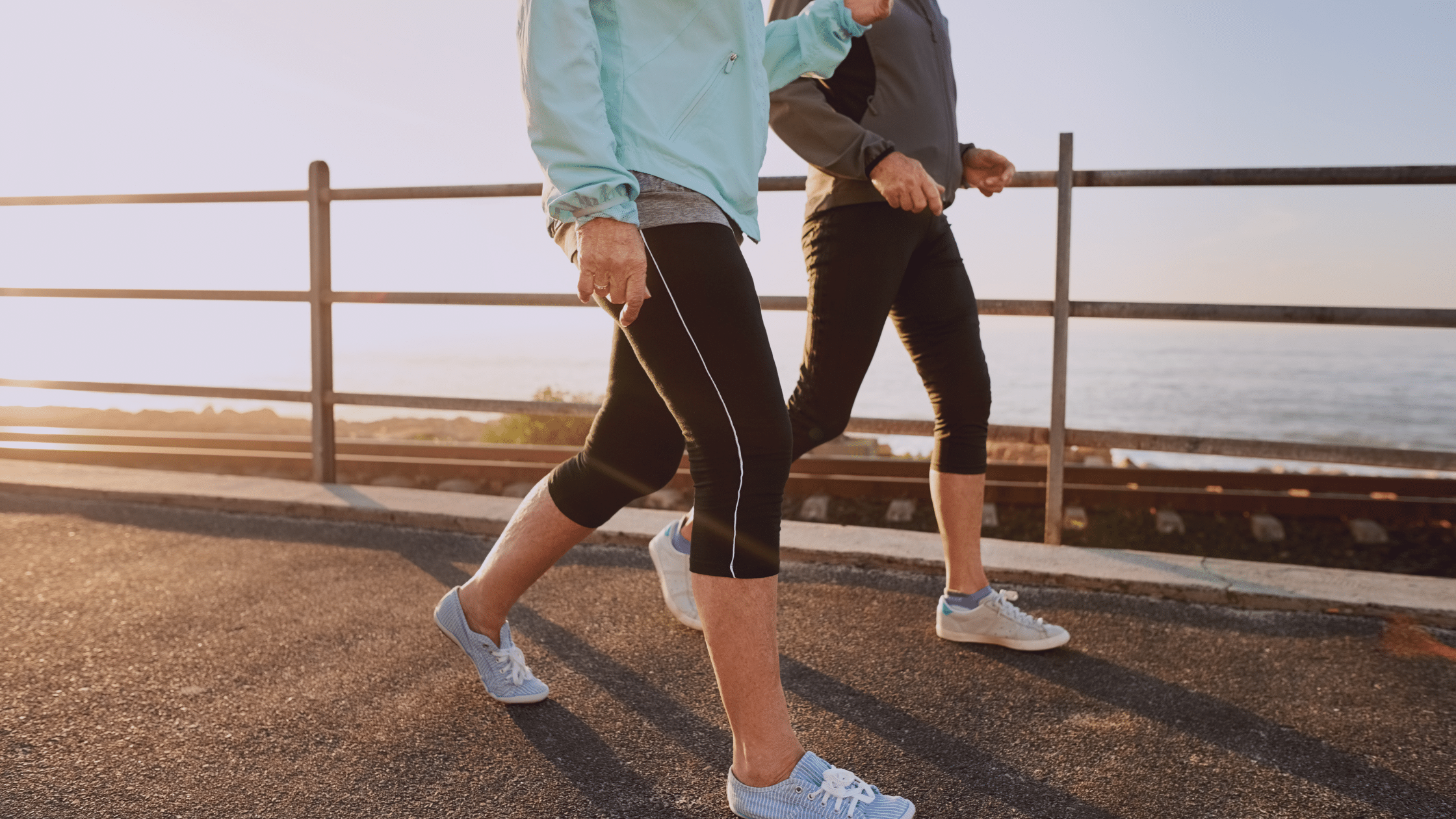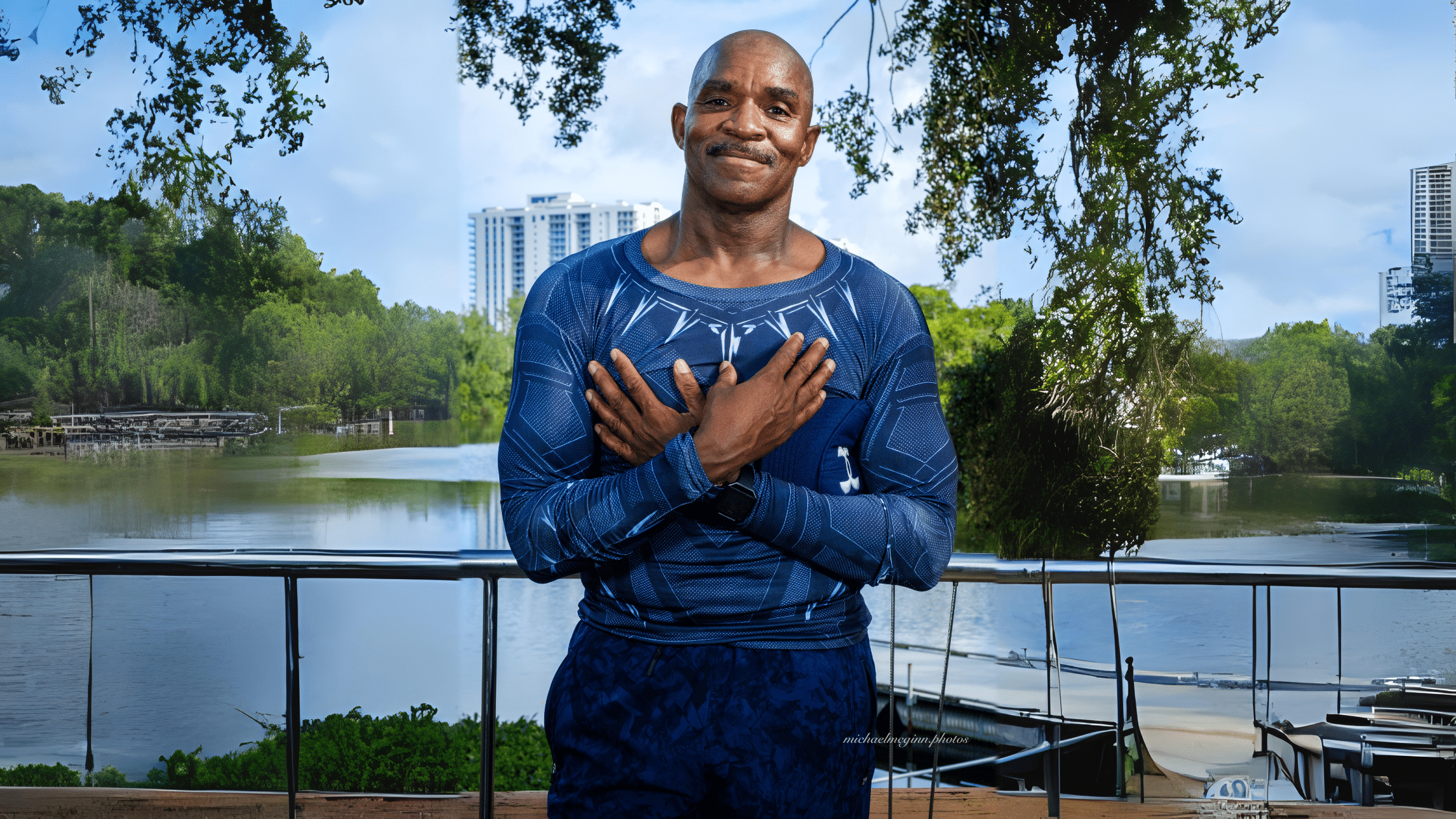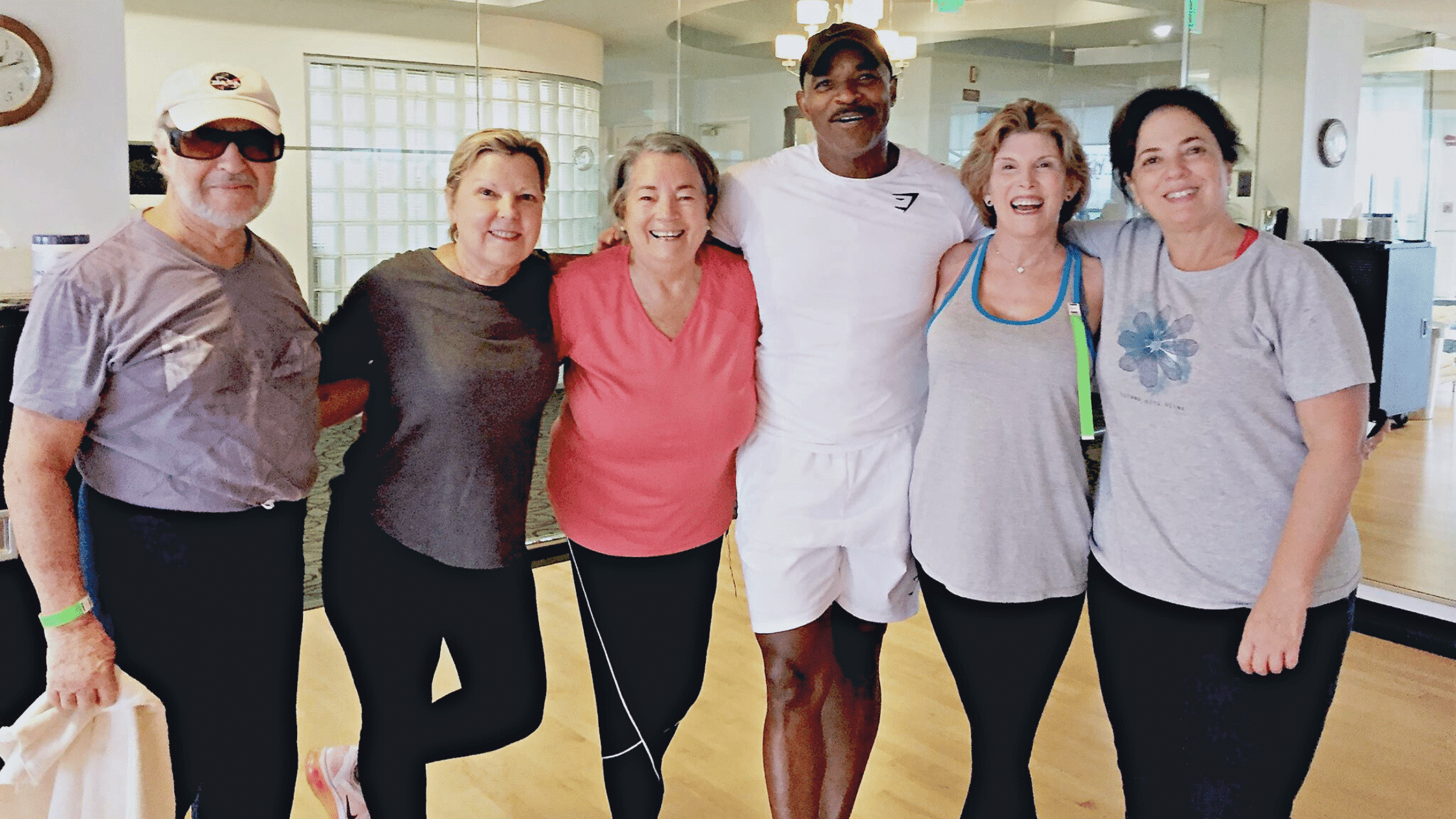Walking, often overlooked as a form of exercise, is a simple and free way to boost our health and longevity. This article will navigate through the benefits of walking and why it should be an integral part of your routine.
Walking as Exercise
Walking is a low-impact exercise that’s easy on the joints and accessible to nearly everyone. It’s also a fantastic way to get fresh air and enjoy nature while boosting your health. Studies have shown that walking can improve everything from your mood to your sleep quality.

Physical Benefits of Walking
Walking provides several physical benefits, including:
- Boosting Cardiovascular Health: Walking can help lower your risk of heart disease and stroke.
- Strengthening Muscles: It tones your leg and abdominal muscles — and even arm muscles if you pump them as you walk.
- Supporting Joint Health: It helps protect the joints, including your knees and hips, by lubricating them and strengthening the muscles that support them.
Mental Health Benefits of Walking
Walking is also beneficial for our mental health. Regular walking can help:
- Reduce stress and anxiety: Physical activities like walking can help relax and reduce stress levels.
- Boost mood: Walking increases the production of endorphins, the body’s natural mood elevator.
- Improve sleep: Regular walkers have fewer instances of insomnia.
Longevity and Walking
Studies link regular walking with increased lifespan. A Harvard study found that walking at a moderate pace for about 3 hours a week — or just half an hour a day — was linked to a longer lifespan.
"Walking can add years to your life and life to your years."
Walking for Pro-Aging
Walking can also contribute to healthier aging. It’s been linked to lower incidences of age-related conditions like Alzheimer’s and osteoporosis. Incorporating walking into your routine can help maintain your independence as you age.

Tips to Incorporate Walking into Daily Routine
- Start slow and gradually increase your pace and distance.
- Try to make it a daily habit.
- Walk with your dogs, friends or join a walking group.
- Add variety to your walks.
- Try different routes and paces.

Precautions While Walking
While walking is generally safe, it’s important to take some precautions:
- Wear comfortable shoes and loose clothing.
- Stay hydrated, especially in warm weather.
- Be cautious of your surroundings, especially when walking alone or at night.
Case Study: Longevity and Walking
A study done on 7000 men and women in Honolulu found that walking just two miles a day cut the risk of death almost in half. The group who walked less than a mile a day had the highest death rate.
Walking Vs. Other Exercises
Walking may not be as intense as other forms of exercise like running or weightlifting, but it’s just as beneficial. It’s easier on the joints, can be done anywhere, and doesn’t require any special equipment.
Conclusion
Walking is a fantastic way to improve both physical and mental health, increase lifespan, and promote healthier aging. It’s an essential component of the Ageless Workout Method, providing accessible fitness that aids in maintaining both physical and mental health as we age. It’s simple, free, and can be done anywhere. So why not take a walk today?
Join the Ageless Workout community today, and start your journey towards a healthier, longer life with every step. Remember, it’s not just exercise; it’s a lifestyle.






